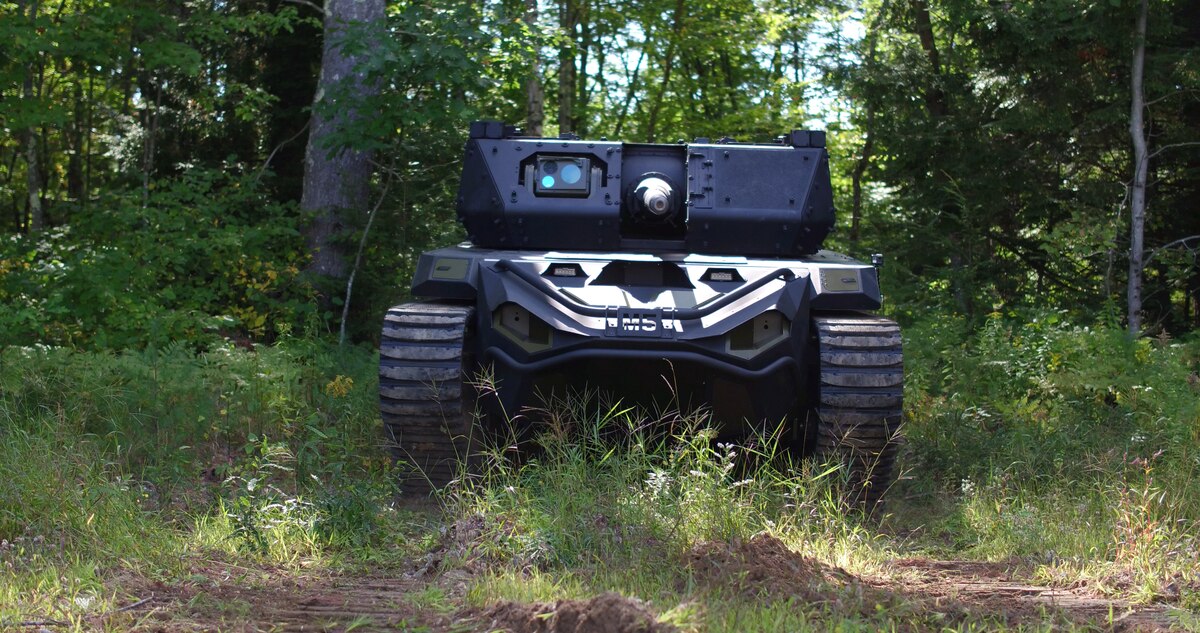
The US Army recently received the first of its light Robotic Combat Vehicle (RCV) prototypes and has begun testing for a company-level soldier assessment to be held in 2022. The RCV-Light vehicle prototypes were manufactured by QinetiQ North America and Pratt Miller.
The RCV-L is a diesel-electric hybrid with a gross vehicle weight of no more than 8,500 pounds (~3855 kilos), with a maximum payload of no more than 7,000 pounds (~3175 kilos), and a top speed of about 40 miles per hour (~64 km).
Upon delivery to the Army’s Ground Vehicle Systems Center, Robotic Technology Kernel (RTK) autonomy software was integrated into the RCVs. They were then sent to Texas A&M University to be paired with a Mission Enabling Technology Demonstrator (MET-D vehicle) to begin the manned-unmanned teaming process.
The Army expects to receive its RCV-Medium prototypes from a team that includes Textron, Howe & Howe and FLIR later this month. The RCV-M is also a diesel-electric hybrid with a gross vehicle weight of 25,000 pounds (~11340 kilos). The vehicle is equipped with a remotely operated 30 mm cannon and has a top speed of over 25 miles per hour (~40 km/hr).
“Upon successful shakedown, paired with our MET-D vehicle and the MUM-T network, it will be tested for its ability to control a Company set of RCVs consisting of 18 vehicles” — four RCV-Ls, four RCV-Ms, four RCV-Heavy systems (M113 personnel carrier surrogate) and six MET-D control vehicles, Alfred Grein, acting director and deputy executive director of Ground Combat Systems at the Army Combat Capabilities Development Command said. “We know that these events are going to definitely help shape the future for Army robotic systems and the requirements in meeting those capability needs that we’ve been asked to do in terms of the application of robotic and autonomous systems.”
